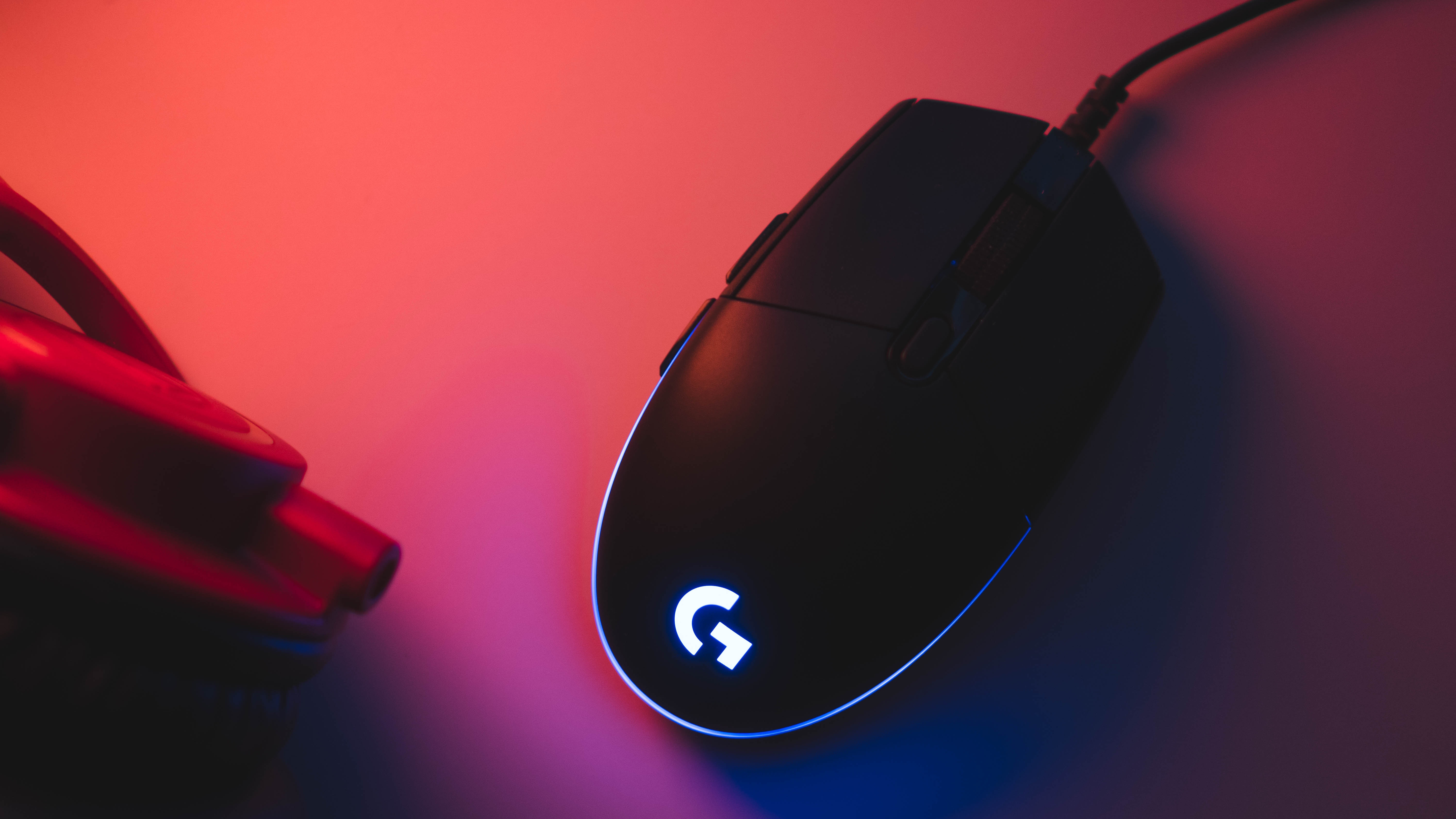Do microtransactions and in-game currencies encourage gambling?

The gaming scene is getting bigger and bigger every day. Apart from making new games, creators and companies always try to find new ways to make more money from them. This is the reason why they have introduced microtransactions and in-game currencies. Almost every game that is made by a big company has microtransactions and in-game currencies and they are the main sources of most of their income.
It cannot be denied that microtransactions and in-game currencies can make gaming more exciting, but some people are worried that they can have negative effects on people, especially children. In order to understand the possible effects of these elements, we need to understand how they work.
What are microtransactions and in-game currencies?

The main reason for implementing in-game currencies and microtransactions is, of course, profit. Let’s consider one of the greatest games produced by Electronic Arts (EA), FIFA, as an example. FIFA has 2 in-game currencies – coins and FIFA points.
Coins can be earned by playing games, completing tasks, selling players and so on. You can use coins to buy players and enter the FUT draft for instance.
On the other hand, the only way to get FIFA points is to pay for them with your money. FIFA points can only be used to buy FIFA packs, which give you a set amount of items, and the probability of getting a really rare item is ridiculously low. In that sense, FIFA packs are basically casino slot machines and FIFA points are the tokens that you use for those slot machines.
Do in-game currencies encourage gambling?
Unfortunately, there have been cases when in-game currencies seem to have caused problems, such as children stealing their parents’ credit cards to buy them. Some people claim that gambling elements in games encourage children to start going to casinos or bet on sports. However, this is not so simple.

Most children do not know what casinos are exactly, nor are they aware that they are gambling when they are using in-game currencies. For most children, in-game currencies are just part of the game and they just want to enjoy playing their favorite game. In fact, many games that have micro-transactions and in-game currencies do not involve any in-game gambling. You can use real money in the game to buy some items or skins for example.
In conclusion, many games use microtransactions and in-game currencies just to make more money with no intention of luring children into gambling. Like any other company, gaming companies have every right to improve their business. How much money they can make depends on gamers, and if they are children, it is up to parents to take care of them.